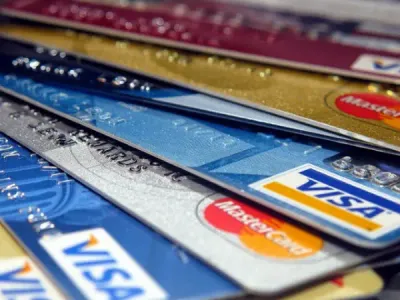Card Types in 2024
Credit card
A credit card is an instrument of cashless broadband transport which serves as a contractual means of short-term consumer credit. The basis for issuing the card is the account balance, the credit granted or the credit rating of the cardholder.
The card is owned by the issuer and is given to the borrower for use. The card issuer shall benefit from membership fees and subscriptions, point of sale fees, turnover of new funds or a credit card on approved credit. The interest of the sales outlet is in getting buyers good plate power and increased traffic. The cardholder wants security and credit.
Credit cards appeared before the Second World War in the US, eventually spreading to the whole country, and expanding with the automotive revolution, which radically reduced the cost of credit card operations. Then, in the late sixties, banks were also involved in the card business. The Diners Club card played a pioneering role, followed by American Express and Carte Blanche, and you know the BankAmericard (now VISA) and MasterCard.
There are a few types of credit cards on the market, and these are:
Revolving credit cards
A revolving credit card is a card with an approved personal consumption limit which constitutes a revolving, or “self-revolving” credit. The client decides on his own the amount of credit he wants to use, the method and the pace of the credit. If the client does not wish to pay the charges on a one-to-one basis, then the unsupported charges will become a part of the approved credit on which the client pays the balance.
The bank as the card issuer shall specify the minimum amount of the outstanding credit that must be paid monthly, e.g. 5 or 10 points of outstanding credit. The credit card, like the debit card, can be used for cash withdrawals at ATMs and for payments in the commercial and service network.
Charge credit cards
Credit card whose extended limit is paid in one instalment (e.g. the monthly consumption is paid in one instalment). There is no inherent penalty rate for charge cards.
Co-branding card
Card issued by a bank in cooperation with a partner in a market which is ordered in the best way possible for the business partner. The user of a co-branding card maintains a large number of awards(miles, discounts, reward points, participation in prize games, cash backs…) and is thus rewarded for his transaction and usage.
Debit cards
Cards issued by banks on the basis of various deposit accounts. They serve the client to dispose of funds according to the account on which they are deposited, or only until the funds on that account have been transferred/depleted. Typically, they like to be referred to as non-credit cards. Transactions carried out with this type of card are both cash and purchase transactions. Even though debit cards by rule are not linked to a credit card, and are used to pay for other purchases, in most cases debit cards are free of charge.
Cash cards
A cash card is a bank card which is used exclusively for the dispensing of cash at ATMs and cash registers.
Prepaid/Gift cards Prepaid cards are payment cards which are not linked to a credit or debit account. It’s used for anonymous transaction, but can be personalised for a person, such as a bank or a credit card.
The card itself is prepaid (thus the name) for a certain amount (i.e.Apple or Target),or it is rechargeable and you can add another amount of money on it and reuse it.


